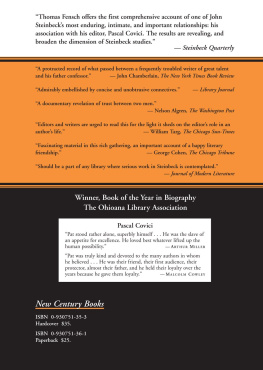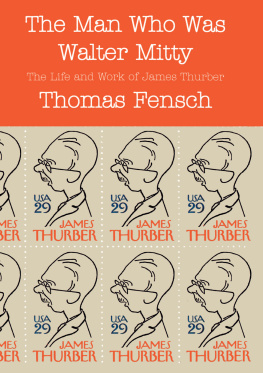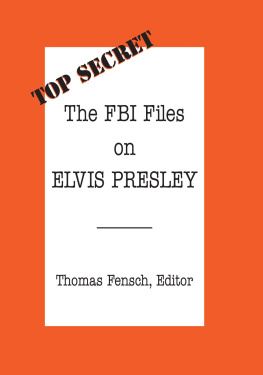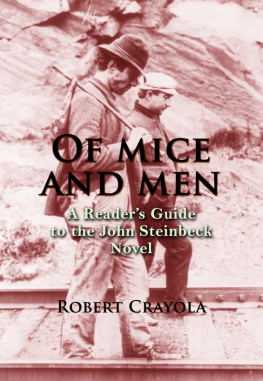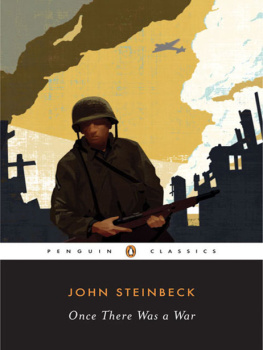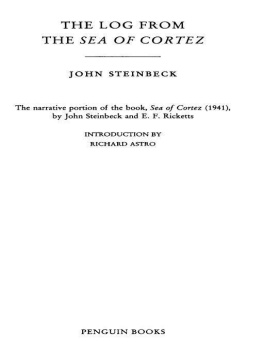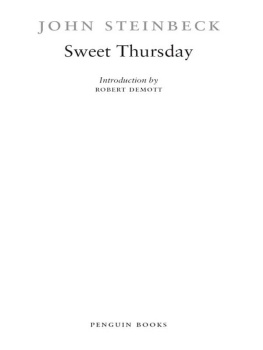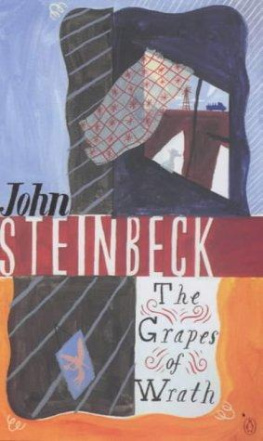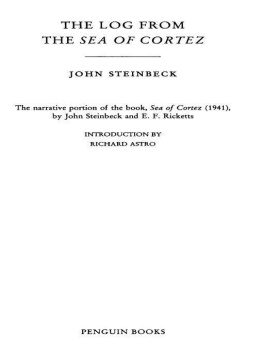This is a volume in the
Exceptional Lives series,
published by
New Century Books
Other titles include:
A Desert Daughters Odyssey
For All Those Whose Lives
Have Been Touched By Cancer
Personally, Professionally
or Through a Loved One
Sharon Wanslee
The Man Who Was Dr. Seuss
The Life and Work
of Theodor Geisel
Thomas Fensch
The Man Who Was Walter Mitty
The Life and Work
of James Thurber
Thomas Fensch
New Century Books
P.O. Box 7113
The Woodlands, Texas, 77387-7113
Copyright 1979 by Thomas Fensch
Library of Congress # 2001119913
ISBN # 0-930751-35-3
Hardcover
ISBN # 0-930751-36-1
Paperback
ISBN # 978-0-9908264-0-8
Ebook
All rights reserved. No part of this book may be reproduced or transmitted in any form, or by any means, electronic or mechanical, including photocopying, recording, or by any information storage and retrieval system, without permission in writing from the copyright holder, c/o New Century Books.
This book was printed in the United States of America.
Ebook formatting by Sun Editing & Book Design, suneditwrite.com
For my father
Edwin A. Fensch,
and for
Roland E. Wolseley,
with gratitude.
ACKNOWLEDGMENTS
Grateful acknowledgment is made to the following for permission to print or reprint copyrighted material:
Ms. Ellen Dunlap and the staff of the Humanities Research Center, The University of Texas at Austin, for permission to use letters from the Steinbeck-Covici archives
Pascal Covici, Jr. for permission to use letters of his Father;
The firm of McIntosh & Otis, New York, for permission to reprint additional published letters of John Steinbeck;
Alfred A. Knopf, Inc., New York, for permission to cite selected passages from The Mechanical Angel by Donald Friede.
The author is also grateful to the following, who offered guidance and criticism during the completion of this work:
Roland E. Wolseley, Dwight Teeter Jr., Burton Marvin, William Ehling, Lee Becker, Robert Laubach, William Wasserstrom, Pascal Covici, Jr. and Thomas Bonn; to Mrs. Jane Frost, who typed and retyped versions of this work and to Jean, who was always at my side.
Steinbeck and Covici

I. INTRODUCTION
THE BEST OF TIMES, THE WORST OF TIMES
The Author-Editor Relationship
For an author, the act of writing a book-length manuscript and watching it progress through the publishing processes may be, to paraphrase Charles Dickens, the best of times, and the worst of times. It is the best of times, of course, because a creative intellect brought forth the book; the project; the germ of individuality. It may be the worst of times because any number of actual or imagined tragedies may befall the project during the editing and design and publishing stages; the book, even after being completed in manuscript, may not ever reach the book-buying public at all. The author may feel that he is at the whim of a merciless editor and publisher. Even if the manuscript is accepted for publication by a reputable company, the manuscript may be edited by a reputable editor away from the direction the author wished it to take.
The author too, may think that the design of the book itself, the printing, publication, distribution and attendant advertising and promotion may cause the book to fail rather than to succeed; he may believe that the editor and publisher are conspiring to hinder, rather than help him. For some authors, the act of publishing, whether in fiction or non-fiction, may be the worst of times, either in actual fact or in their imagination.
Publishing never has been a process which can be calculated precisely, either in terms of sales of various titles, or in terms of successful author-publisher-public relationships.
Yet one of the indefinable relationships most crucial to the success of the work and the success of the author is the author-editor bond. This bondacceptance by the editor of the authors work and acceptance by the author of the editors judgmentis an ethereal one at best. The author-editor relationship has existed in a variety of successful and unsuccessful forms and styles during the course of recent American publishing. One need only suggest some of the major American writers and novelists, to indicate the best of times and the worst of times.
Edna St. Vincent Millay worked successfully with editor Cass Canfield of Harper & Brothers; Millay and Canfield reached an understanding of mutual admiration. Canfield was especially impressed with Millays professionalism during her career with Harpers.
Max Perkins, legendary editor at Charles Scribners Sons worked most closely with Tom Wolfe; their relationship has been documented. Many critics suggest that without Perkinss help, Wolfe may never have been able to hack his novels out of the enormous manuscripts he brought to Scribners. For several years, their relationship was one of mutual admiration, understanding and affection, yet eventually Wolfe grew disenchanted and distrustful of Perkins; Wolfe took his last manuscripts to the firm of Harper and to different editors, yet Maxwell Perkins was named in Wolfes will as his literary executor.
Similarly, Perkinss relationship with F. Scott Fitzgerald was very nearly as intimate at Perkinss relationship with Wolfe. Fitzgerald was originally discovered by Perkins and published by Scribners; Perkins and Fitzgerald remained steadfastly loyal to each other until Fitzgeralds death. Perkins once told Fitzgerald that Scribners was backing you for a long race. Perkins edited Fitzgeralds novels, acted as arbiter between Fitzgerald and Ernest Hemingway, created a revolving fund with the Scribners financial office to allow Fitzgerald to draw against future royalties and unfailingly sustained enthusiasm in Fitzgeralds worth.
Even when Fitzgeralds career had fallen into disarray, Perkins never lost his belief in Fitzgeralds talent. Perkins once said that working with Fitzgerald and editing The Great Gatsby was very nearly the most perfect thing he ever did.
Perkins also worked closely with Ernest Hemingway, although not to the extent that he had worked with Fitzgerald and Wolfe. Hemingway seemed not to need Perkins quite so drastically as did Wolfe or Fitzgerald, but Hemingway did hold Perkins in high regard. Perkins, a New England Yankee, seldom took vacations from his work, but he did vacation with Ernest Hemingway in Florida and, as Hemingways career gained prominence (at approximately the same time Fitzgeralds declined), Hemingway placed greater value in his editor, Perkins.
While Cass Canfield was establishing his career at Harpers, and Perkins at Scribners, Harold S. Latham was beginning his career at Macmillan. The authors in his coterie eventually included Vachel Lindsay, Richard Llewellyn, H. G. Wells, Edward Arlington Robinson and a Georgian, Mrs. Peggy Marsh.
As Perkins drew the core of material from Tom Wolfes massive manuscripts, so too did Latham draw the heart from a disjointed manuscript given to him rather reluctantly by Mrs. Marsh. The novel was eventually titled Gone With the Wind and Latham published it under Mrs. Marshs maiden name, Margaret Mitchell; As Gone With the Wind

